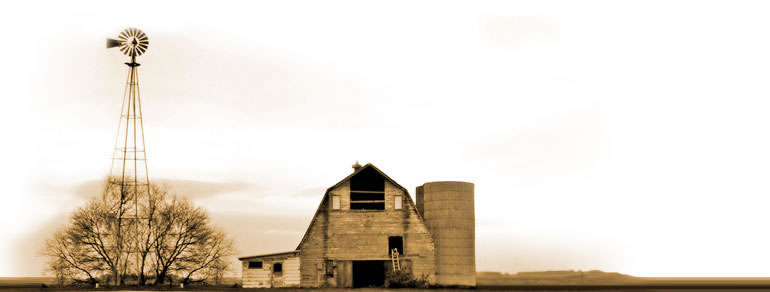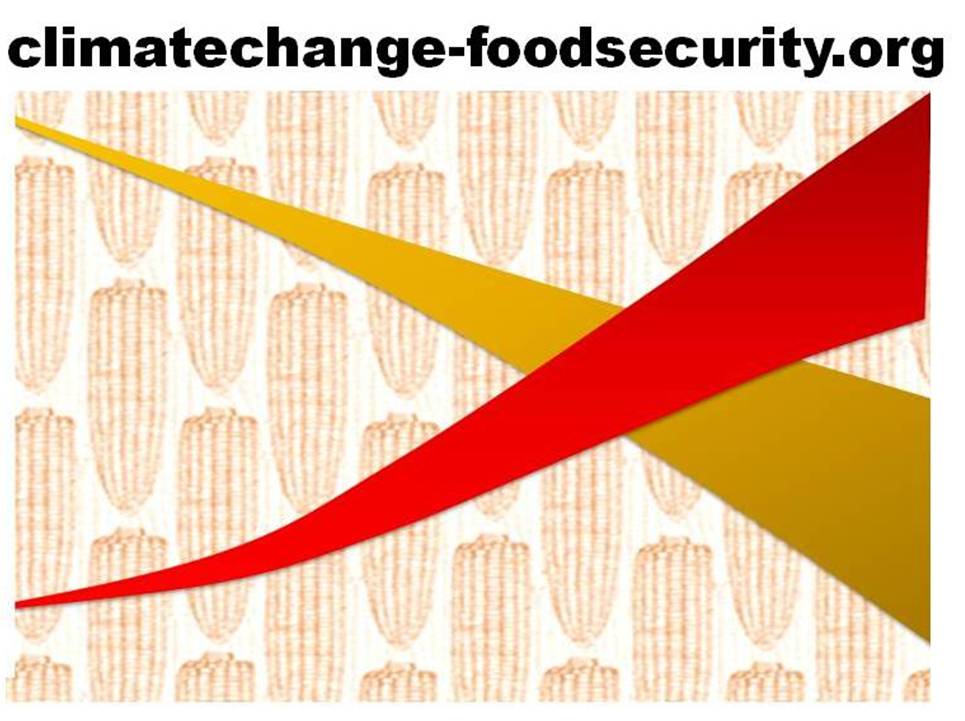
Climate Change and Food Security

Science
Dual aspect of climate change emissions and food security


Food production is both a victim of global climate change and a cause by being a source of all three main GHGs
Food production GHG sources
CO2:
deforestation for pasture, food transport
Methane:
Livestock
Nitrous oxide:
Chemical fertilizer, livestock

The fact that food production is both damaged by GHGs and a source of GHGs makes it doubly important that climate change and food security be given top priority.
This is not the case at present. It is being practically ignored, all attention being given to fossil fuel CO2 emissions.
If we don't control food production emissions our food production today will damage food production in a few decades from today. So our food security depends on changing food production practices today to control emissions - as well as stopping fossil fuel CO2 emissions.
This is a very complicated chart, and that is its point.
There are a great many adverse impacts of GHG pollution on food productivity.
Fossil fuel air pollution damages crops by acid rain and by ground level ozone air pollution. This ozone is formed by heat catalysing a chemical reaction of fossil fuel air pollutants (VOCs) to form ozone in the ambient air.
Fossil fuel air pollution damages crops by acid rain and by ground level ozone air pollution. This ozone is formed by heat catalysing a chemical reaction of fossil fuel air pollutants (VOCs) to form ozone in the ambient air.
Ozone in our air is toxic to our health and it is also toxic to green plants impairing their capacity to grow by photosynthesis.
The many adverse impacts will exert an additive damaging effect and synergistic final effect (more than the sum of the separate impacts).